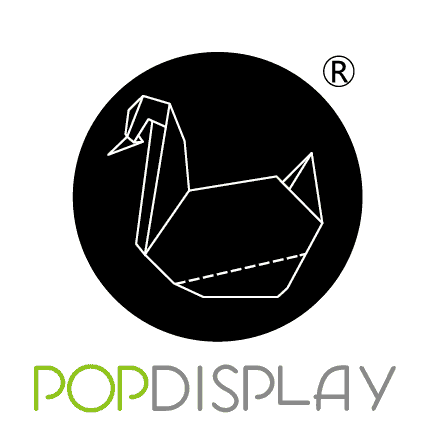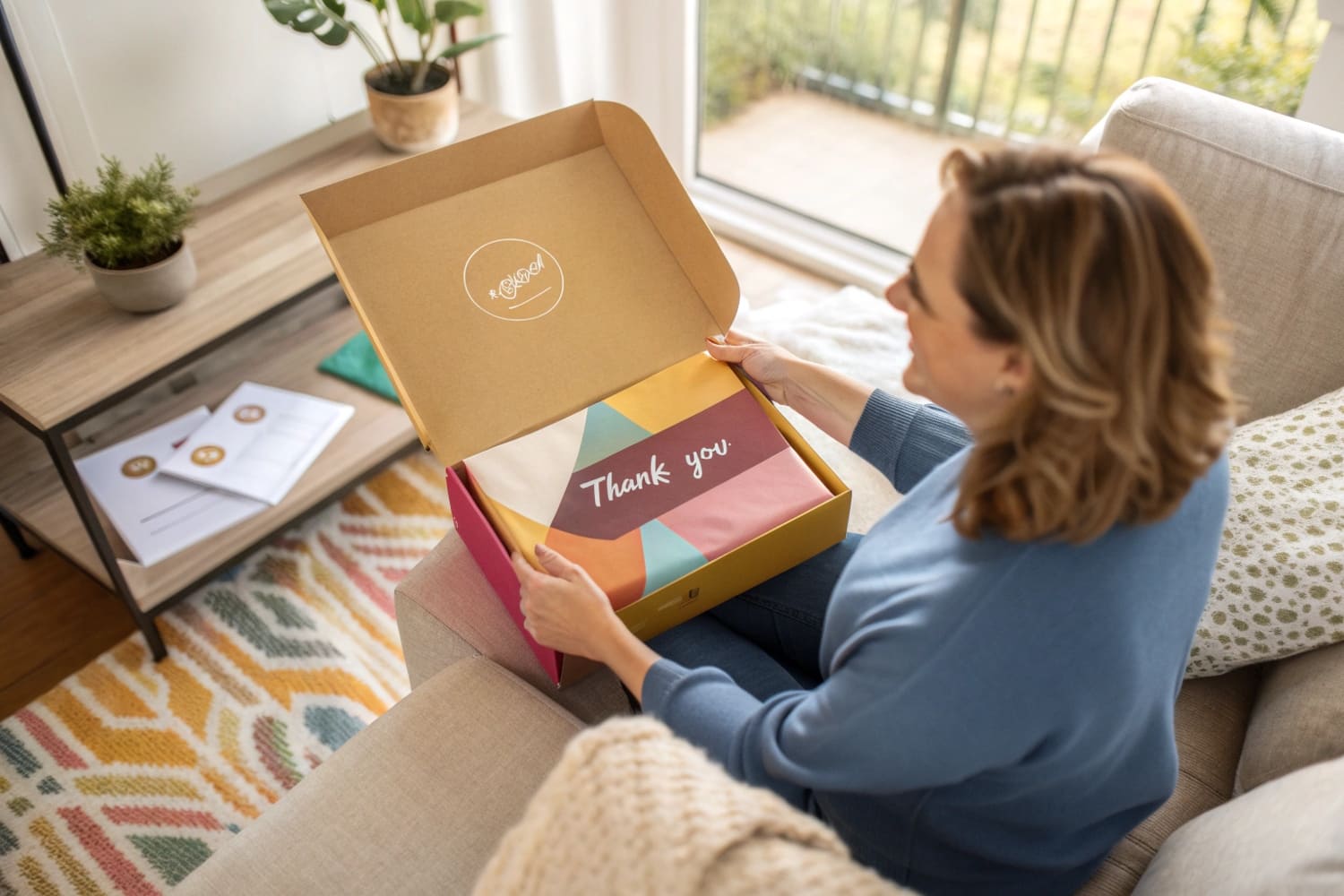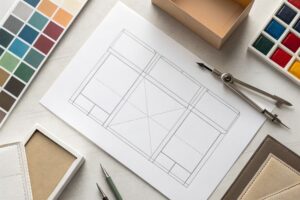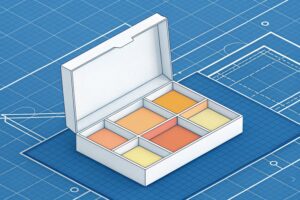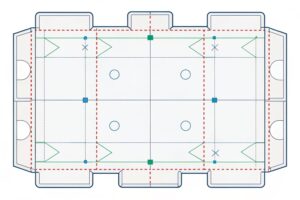I face crowded shelves, tight budgets, and rising expectations. I need packaging that sells, ships, and speaks. I want speed, quality, and a clean footprint. Cardboard gives me this.
Customized cardboard boxes help my business by lifting shelf visibility, lowering unit and freight costs, speeding launches with short-run digital print, protecting goods in transit, and signaling sustainability to buyers who value recyclable materials and safer inks. They convert trials into repeat orders and reduce total landed cost.

I will explain the core value first. Then I will connect it to brand impact, profit, and purpose. I will share a short story from my own factory.
What are the benefits of cardboard boxes?
I compete for attention and margin every day. I need a package that moves fast, looks sharp, and fits many channels. Cardboard solves these problems.
Cardboard boxes offer low material cost, fast prototyping, flexible sizing, strong print surfaces, lighter shipping weight, and easy recycling. They support floor, shelf, pallet, and counter displays. They work with digital print for small batches and seasonal drops, so teams move from idea to in-store faster.

How cardboard improves cost, speed, and reach
I use corrugated and paperboard because they are light, strong, and easy to form. I can cut, crease, glue, and print with short setup time. I can test strength with simple load and transport checks. I can flat-pack to reduce cube and carbon. I can scale from 50 units to 50,000 with one design set. Digital print1 lets me run color-accurate pilots for new SKUs, seasonal art, and retailer-specific guidelines without long waits. This keeps cash flow safe and inventory lean. It also supports fast retail resets. In North America, demand is steady and retail is mature. In APAC, growth is fast as cities and e-commerce rise. Europe pushes me to use recycled fiber and water-based inks. These regional needs fit cardboard very well. I also build floor, shelf, PDQ, and pallet-ready displays with the same materials. This gives me one supply chain and one team. So I move quickly from concept to store while I keep costs down and quality up.
| Benefit | What I do | Business result |
|---|---|---|
| Low material cost2 | Use single-wall corrugated where fit | Better margin |
| Fast prototyping | Cut, fold, print in days | Quicker launch |
| Digital print | Short runs, many SKUs | Less inventory risk |
| Flat-pack | Reduce freight cube | Lower landed cost |
| Recyclable | Use PCR paper + water inks | Stronger brand trust |
What are the benefits of branded packaging?
I want buyers to see my story from five steps away. I need color, type, and claims to be clear. I need every box to echo my brand promise.
Branded packaging turns a shipping container into a marketing asset. It improves recognition, lifts perceived value, speeds shelf selection, and supports omnichannel storytelling with QR, AR, and UGC prompts. It builds trust and helps teams run consistent launches across regions.
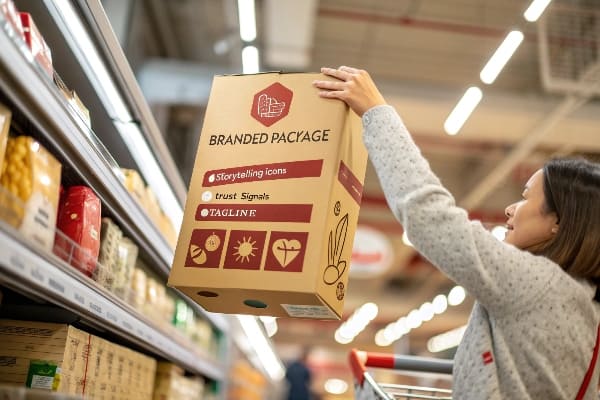
How branding drives sell-through and trust
I print bold type, simple icons, and high-contrast colors. I place benefits on the front panel and the top flap. I keep claims short and clear. I add QR codes that link to setup videos, reviews, or limited offers. Gen Z shoppers want clean design and proof of values. So I use recycled content callouts, water-based inks, and FSC options. I remove plastic laminates where I can. This helps European and North American retailers meet sustainability goals. It also helps APAC brands show progress as they scale. I test color on the exact substrate to limit shifts between artwork and mass production. I lock Pantone targets and use drawdowns. I also add anti-scuff or nano coatings when stores have heavy traffic or moisture. This keeps boxes sharp through the promo period. My team builds countertop PDQs for impulse zones and floor displays for power aisles. We tie both to the same visual system. This keeps recognition high across the store and online.
| Branding lever | My move | Why it works |
|---|---|---|
| Simplicity | Bold fonts, clear benefits | Faster scanning |
| Proof3 | QR to video, UGC, specs | Credible claims |
| Sustainability4 | PCR fiber, water inks | Aligns with buyer values |
| Consistency | Shared grid and palette | Cohesive launches |
| Durability | Nano or matte coat | Shelf-ready quality |
Is making cardboard boxes profitable?
I watch pulp prices, freight, labor, and tariffs. I plan for prototypes and changes. Profit comes from repeat orders and stable specs, not one-off wins.
Yes, it is profitable when I control material yield, standardize structures, digitize prepress, and design for flat-pack logistics. The path is repeat programs, not single jobs. I accept small upfront losses to secure multi-cycle reorders.

How I build margin across the lifecycle
I model margin at the program level. I price samples low, or at break-even, because the value sits in the next 6–18 months of reorders. I standardize dielines for floor, shelf, and pallet displays. I hold common footprints that fit Costco, Walmart, and pharmacy gondolas. This speeds quotes and reduces scrap. I plan flute choices by load and height. Single-wall covers most needs, so I avoid unnecessary double-wall. I run digital for pilots and early waves. I switch to flexo or offset when volumes cross breakpoints. I lock pack counts to pallet patterns to cut freight and damage. I test with drop and vibration checks. I monitor color with target patches. I align with certifications and retailer audits to prevent returns. In 2025, some tariffs raise import costs, so I save points with lighter designs and smarter kitting. My own story proves this. A hunting brand needed a launch across the U.S. and Canada under strict dates. We made three quick prototypes, fixed a bow-holder angle, and hit color on kraft. We shipped flat, kitted in-region, and met the launch. They reordered four times with small art updates. The margin came from the system, not the first PO.
| Profit lever | Tactic | Effect |
|---|---|---|
| Standard parts | Reusable dielines | Lower setup time |
| Right process | Digital → flexo/offset | Better unit cost |
| Logistics fit | Flat-pack + pallet ties | Lower damage and freight |
| QC discipline | Tests and color control | Fewer returns |
| Program focus | Reorders and updates | Stable cash flow |
What is the purpose of cardboard packaging?
I need packaging to do many jobs at once. It must carry, protect, inform, and sell. It must also meet rules and values.
Cardboard packaging protects products in transit, presents them clearly at retail, communicates brand and compliance, supports sustainability goals, and enables fast, customizable promotions across regions and channels.
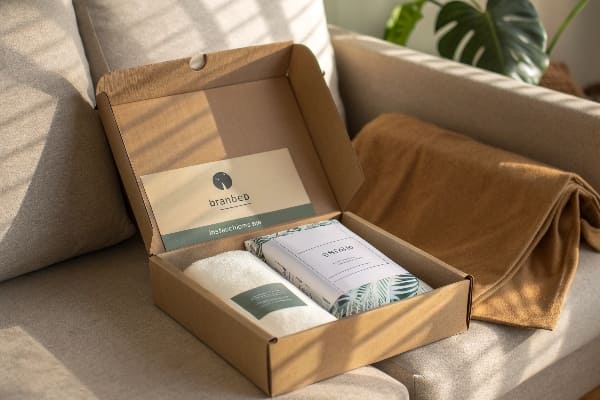
Why multipurpose design wins in modern retail
I design each box with three stages in mind. First, transport. The structure must survive stacking, humidity, and handling. I choose flute, board grade, and join type by weight and route. I add corner locks or tabs if the journey is rough. Second, shelf. The face must be clear at two meters and at arm’s length. I set a visual hierarchy with product name, key benefit, and one proof point. I use simple icons for speed. Third, experience. The unboxing should be easy and safe. I avoid messy void fill. I add a quick-start card. I add a QR that links to a setup guide. In floor and pallet displays, I integrate trays and headers. I use PDQ for impulse zones. I match all of this to market signals. North America stays steady with mature retail rules. APAC grows fast with e-commerce5 and urban stores. Europe pushes me to prove recyclability6 and cut plastics. I meet these needs with recycled fiber, water inks, and designs that use less material. I also plan for circular flows. I suggest take-back where it makes sense. I build for fast assembly in store, so staff can set a promo in minutes, not hours.
| Purpose | Design action | Outcome |
|---|---|---|
| Protect | Right board grade and join | Fewer damages |
| Present | Clear front panel | Faster pick at shelf |
| Inform | Simple claims + QR | Lower confusion |
| Sustain | Recycled fiber, safe inks | Better compliance |
| Execute | Flat-pack, quick locks | Faster set-up |
Conclusion
Customized cardboard boxes sell more, ship safer, print faster, and prove values. I build profit through repeat-ready designs, flat-pack logistics, and simple, credible branding.
Explore how digital print enhances packaging efficiency and reduces inventory risks, making it a game-changer for businesses. ↩
Learn how managing material costs can significantly improve profit margins and overall business performance. ↩
Discover insights on how providing proof, like QR codes and user-generated content, can significantly boost consumer confidence in your brand. ↩
Explore this link to understand how sustainability can enhance brand trust and appeal to eco-conscious consumers. ↩
This link will help you understand the evolving landscape of retail design influenced by e-commerce trends. ↩
Exploring this resource will provide insights into enhancing your packaging’s environmental impact and compliance. ↩
